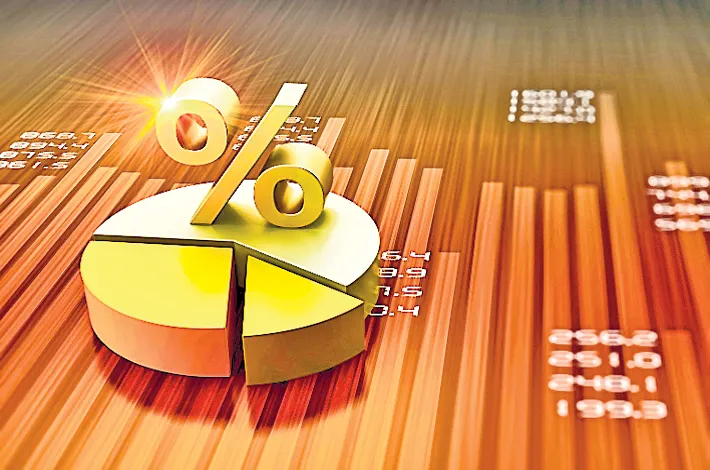Banks’ credit costs to rise as tailwinds from recoveries fade
09-10-2025 12:00:00 AM

Asset quality to soften, weak loans will remain at 3-3.5%
Indian banks credit costs will rise as the tailwinds from sharp recoveries fade and due to stress in segments such as unsecured retail, SME loans under rupees 1 million, and microfinance, S&P Global Ratings said on Wednesday.
Banks’ asset quality is expected to soften, weak loans will remain at 3.0%-3.5% and credit costs will rise to 80-90 basis points over the next two years.
Indian banks, however, are well-positioned to navigate global uncertainty, tariffs, rate cuts, and a weakening rupee. Key factors that contribute to Indian banks’ resilience include low exposure to tariff-hit sectors, deleveraging by companies, and a focus on secured retail lending.
Notwithstanding global uncertainty and cautious lending, S&P forecasts credit growth of 11.5%-12.5% over fiscal years 2026 and 2027, despite subdued demand and tighter underwriting.
“We expect that banking sector credit growth will revive from the second half of fiscal 2026 on the back of cuts in goods and services tax rates, income tax reliefs, and potential regulatory easing,” S&P sources told FPJ Money.
Analysis indicated that new nonperforming loan formation in corporate lending will average 1.1% a year over the next two years. However, the credit rating agency projected the overall rate of new NPL formation will be higher, at 1.7%-1.8%, because of more slippages in the SME and retail segments. The S&P report includes insights on top rated and unrated banks in India.
Available data shows Indian banks’ exposure to the tariff-hit textiles and gems and jewelry sectors stands at just 2% of total loans (as of Aug. 22, 2025). These sectors are most vulnerable due to high leverage and low margins. The impact on individual companies will depend on factors such as product mix, sales locations, competitive advantages, and their own leverage.
Financial resilience among Indian corporates is improving. “We applied Asia-Pacific corporate default rates to Credit Model scores to more than 2,000 Indian companies. Our scenario analysis suggests that Indian banks can easily absorb potential slippages, making them primed for growth,” said credit analyst Geeta Chugh at S&P Global Ratings.
Pre-provision operating profits at 3.6%-3.7% of loans mean Indian banks can easily absorb the higher credit costs, and their earnings will remain comparable to, or better than, those of many regional peers.
Banks face limited direct impact from a depreciating rupee, with external borrowings at just 5%. Indirect impact is also minimal because 75% of corporate external commercial borrowings are hedged.








